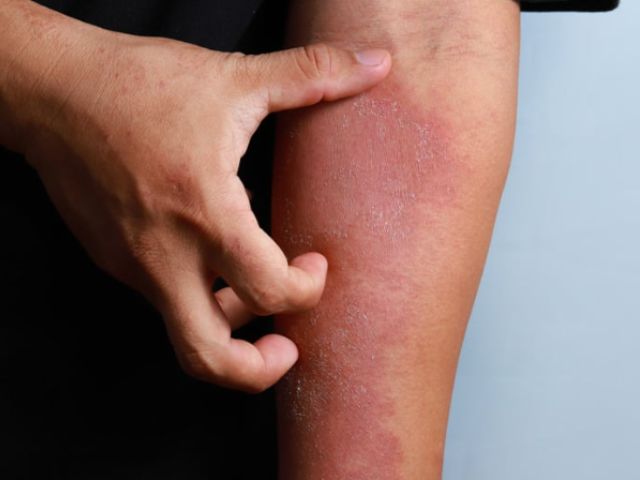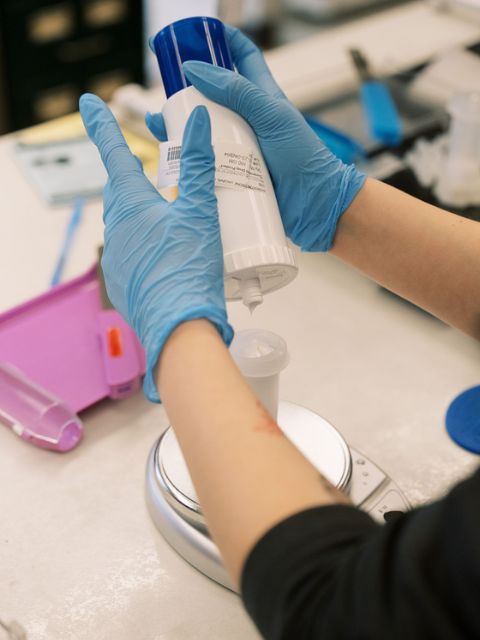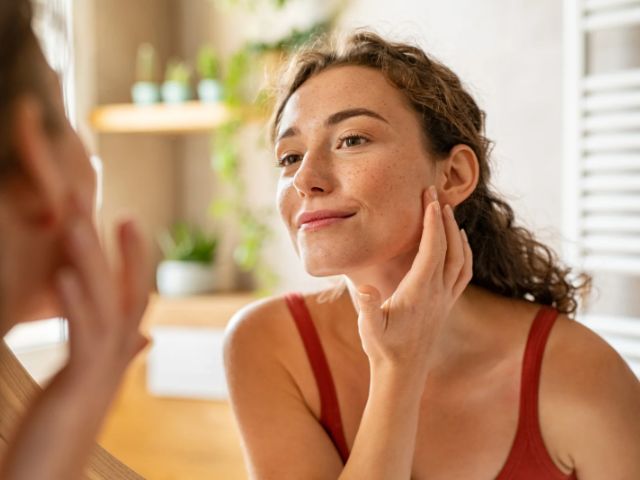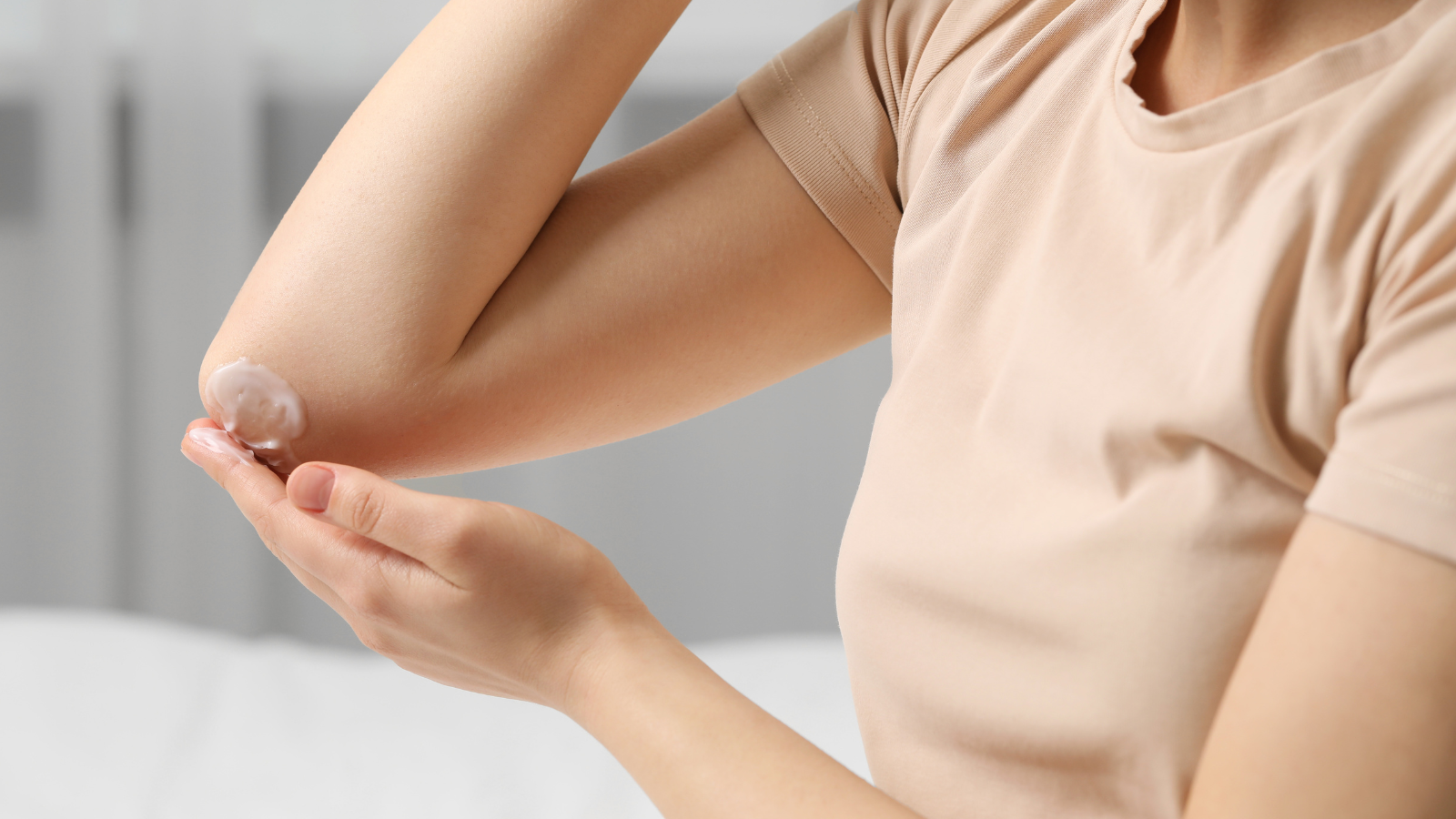As summer sets in across Ohio, increased sun exposure brings both joy and skin-related challenges. The warmer months can trigger flare-ups in chronic skin conditions, lead to sunburns, wrinkles, and intensify discomfort in sensitive skin.
Patients across different demographics face unique dermatologic concerns during this season. Compounded, prescription grade skin cream medications, prepared by specialized pharmacies, may offer personalized solutions to manage these conditions more effectively.
Understanding Summer Skin Concerns in Ohio

Hot temperatures, high humidity, and increased outdoor activity contribute to a range of skin issues, including:
- Eczema flare-ups due to sweat and heat irritation
- Rosacea aggravated by sun exposure and elevated temperatures
- Sunburn and UV-related inflammation
- Acne and folliculitis due to clogged pores and sweat
- Wrinkles and hyperpigmentation
- Post-procedure skin sensitivity from cosmetic therapies
Top Compounded Active Pharmaceutical Ingredients (APIs) for Dermatology
Here are some of the most commonly prescribed APIs used in compounded dermatologic medications during summer in Ohio:
Hydrocortisone
A mild corticosteroid that reduces inflammation, itching, and redness in conditions like eczema and dermatitis.
Supporting Evidence: A study comparing once-daily mometasone furoate 0.1% cream with twice-daily hydrocortisone valerate 0.2% cream in pediatric atopic dermatitis patients found both of them to be potentially effective, with mometasone showing superior efficacy in certain cases.
Tacrolimus / Pimecrolimus
Non-steroidal immunomodulators used to manage eczema and other inflammatory skin conditions without steroid-related side effects.
Supporting Evidence: A meta-analysis concluded that both tacrolimus and pimecrolimus are potentially effective and well-tolerated therapies for atopic dermatitis, offering alternatives to traditional corticosteroids.

Ketoconazole / Miconazole / Nystatin
Antifungal agents used to address skin infections like athlete’s foot, ringworm, or yeast-related rashes.
Supporting Evidence: A mixed-medication comparison meta-analysis evaluated and compared the efficacy of topical antifungals used in dermatophytosis therapy, demonstrating the potential effectiveness of these agents.
Sodium Sulfacetamide
An antibacterial agent commonly used in therapies addressing rosacea and acne.
Supporting Evidence: Sodium sulfacetamide has shown potential for conditions such as papulopustular rosacea, acne vulgaris, seborrheic dermatitis, and perioral dermatitis.
Sulfur
Often combined with sulfacetamide for its keratolytic and antibacterial properties, especially for rosacea and acne.
Supporting Evidence: Modern sulfur-containing formulations for rosacea incorporate 10% sodium sulfacetamide combined with 5% sulfur. These formulations are easier to apply and have fewer odors, with sulfur’s antiseptic, antibacterial, and antifungal properties contributing to their potential effectiveness.
Lidocaine / Pramoxine
Local anesthetics for temporary relief of itching, burning, or sunburn discomfort.
Supporting Evidence: Topical anesthetics like lidocaine and pramoxine have been shown to have antipruritic effects and are effective in treating various skin discomforts.
Aloe Vera / Menthol
Cooling, soothing agents for sunburn or heat rash relief.
Supporting Evidence: Aloe vera has been used as a popular herbal medicine since ancient times for many conditions including burns. Much evidence has reported the efficacy of topical Aloe vera gel in addressing thermal burns through its different pharmacological actions.
Ceramide
Moisturizing agents that help restore the skin barrier and retain hydration.
Supporting Evidence: Topical ceramide application restores barrier function and improves hydration by reducing transepidermal water loss (TEWL).
Anti-Aging Specific Dermatological Compounds
Long-term sun exposure is one of the leading causes of premature skin-aging. Adults concerned with maintaining youthful skin may turn to compounded skin therapies and routines to minimize sun-related damage and support skin health during the summer.
Daily UV exposure can speed up:
Collagen breakdown
Wrinkle formation
Dark spot development
Most Popular Compounded Medications for Anti-Aging
Tretinoin (All-Trans Retinoic Acid)
A vitamin A derivative that promotes epidermal turnover, stimulates collagen production, and reduces fine lines, wrinkles, and hyperpigmentation.
Supporting Evidence: Tretinoin is considered as a potentially effective agent with proven anti-aging effects on the skin, as it stimulates epidermal growth and differentiation and inhibits collagenase.
Niacinamide (Vitamin B3)
A water-soluble vitamin with anti-inflammatory and antioxidant properties that may improve skin elasticity, enhance the skin barrier, and reduce hyperpigmentation and fine lines.
Supporting Evidence: Topical niacinamide may reduce yellowing, wrinkling, red blotchiness, and hyperpigmented spots in aging facial skin.
Vitamin C (Ascorbic Acid)
A potent antioxidant that may neutralize free radicals, stimulate collagen synthesis, and reduce photodamage, leading to improved skin texture and reduced wrinkles.
Supporting Evidence: A randomized double-blind study demonstrated that topical application of 5% vitamin C significantly improved the clinical and biophysical properties of aged skin.

Alpha-Lipoic Acid (ALA)
A universal antioxidant that reduces oxidative stress, improves skin texture, and diminishes fine lines and wrinkles.
Supporting Evidence: A randomized, placebo-controlled, double-blind study found that a cream containing 5% alpha-lipoic acid significantly improved clinical signs of photoaging in facial skin.
Peptides (e.g., Palmitoyl Pentapeptide, GHK-Cu)
Short chains of amino acids that signal skin cells to produce collagen and elastin, improving skin firmness and reducing the appearance of wrinkles.
Supporting Evidence: Studies have shown that peptides like palmitoyl pentapeptide may stimulate collagen production and improve the appearance of photoaged skin.
Hyaluronic Acid (HA)
A naturally occurring glycosaminoglycan that retains moisture, enhances skin hydration, and improves skin elasticity and smoothness.
Supporting Evidence: Daily use of multi-weight hyaluronic acid plus antioxidant complex-based moisturizers demonstrated overall improvement in skin health and appearance.
Depending on the patient’s concerns and symptoms, medical practitioners and pharmacists work together to prescribe the right combinations for the optimal treatment or skin care routine appropriate for their specific skin type and disease state.
How Dermatologists Work with Compounding Pharmacies
Dermatologists frequently collaborate with compounding pharmacies to provide personalized, patient-specific solutions. This partnership allows for:
- Flexible dosage forms: creams, ointments, gels, foams, sprays, or solutions based on patient needs and preferences
- Combination formulations: multiple active ingredients in a single application to enhance compliance and outcomes
- Adaptability: medication strength and ingredients adjusted as conditions improve or change with the seasons
- Personalization: fragrance-free, dye-free, or preservative-free options for sensitive skin
Rx Order Forms are exclusive to verified Ohio practitioners. If you would like access please request password >>
Ohio Summer Skin Health: Optimize Skin with Prescription Grade Topical Creams, Ointments, & More
These include a dog’s age, breed, overall health status, blood pressure, kidney function, and observed symptoms. In some cases, they suggest a combination of medications based on individual needs.
The combination of heat, humidity, and extended daylight in Ohio summers can trigger or worsen many skin conditions.
Using compounded medications during these months allows for proactive management and personalized relief that over-the-counter options may not offer.
Central Ohio Compounding Pharmacy is ready to guide patients and providers to optimal summer skin care routines. Whether addressing eczema, rosacea, or fighting against deepening wrinkles, our pharmacists compound with patient comfort and clinical goals in mind.

Patients: speak with your provider or contact Central Ohio Compounding Pharmacy today to explore custom options that work for your lifestyle and condition.
If you’re an Ohio dermatologist or medical practitioner, reach out to offer your patients the best, most curated summer skin plan.
References
- Ashcroft, D. M., Dimmock, P., Garside, R., Stein, K., & Williams, H. C. (2005). Efficacy and tolerability of topical pimecrolimus and tacrolimus in the treatment of atopic dermatitis: meta-analysis of randomized controlled trials. BMJ, 330(7490), 516. Link
- Beitner, H. (2003). Randomized, placebo-controlled, double-blind study on the clinical efficacy of a cream containing 5% alpha-lipoic acid related to photoaging of facial skin. British Journal of Dermatology, 149(4), 841–849. Link
- Bissett, D. L., Oblong, J. E., & Berge, C. A. (2005). Niacinamide: A B vitamin that improves aging facial skin appearance. Dermatologic Surgery, 31(7 Pt 2), 860–865. Link
- Del Rosso, J. Q., & Webster, G. F. (2006). Dermatologic applications of sodium sulfacetamide. Journal of the American Academy of Dermatology, 54(5), 957–965. Link
- Del Rosso, J. Q., & Webster, G. F. (2005). Sulphur for rosacea: Are we reinventing the wheel? Journal of the American Academy of Dermatology, 52(1), 104–105. Link
- Gupta, A. K., & Cooper, E. A. (2008). Efficacy of topical antifungals in the treatment of dermatophytosis: a mixed-treatment comparison meta-analysis. JAMA Dermatology, 144(5), 581–582. Link
- Humbert, P. G., Haftek, M., Creidi, P., Lapière, C., Nusgens, B., Richard, A., … & Zahouani, H. (2003). Topical ascorbic acid on photoaged skin. Dermatology, 206(4), 314–320. Link
- Lain, E., Mariwalla, K., Zeichner, J., Kirchner, F., Ruvolo, E., & Draelos, Z.D. (2024). Clinical Evaluation of Next-generation, Multi-weight Hyaluronic Acid Plus Antioxidant Complex-based Topical Formulations with Targeted Delivery to Enhance Skin Rejuvenation. Journal of Clinical and Aesthetic Dermatology, 17(4), 12–16. Link

